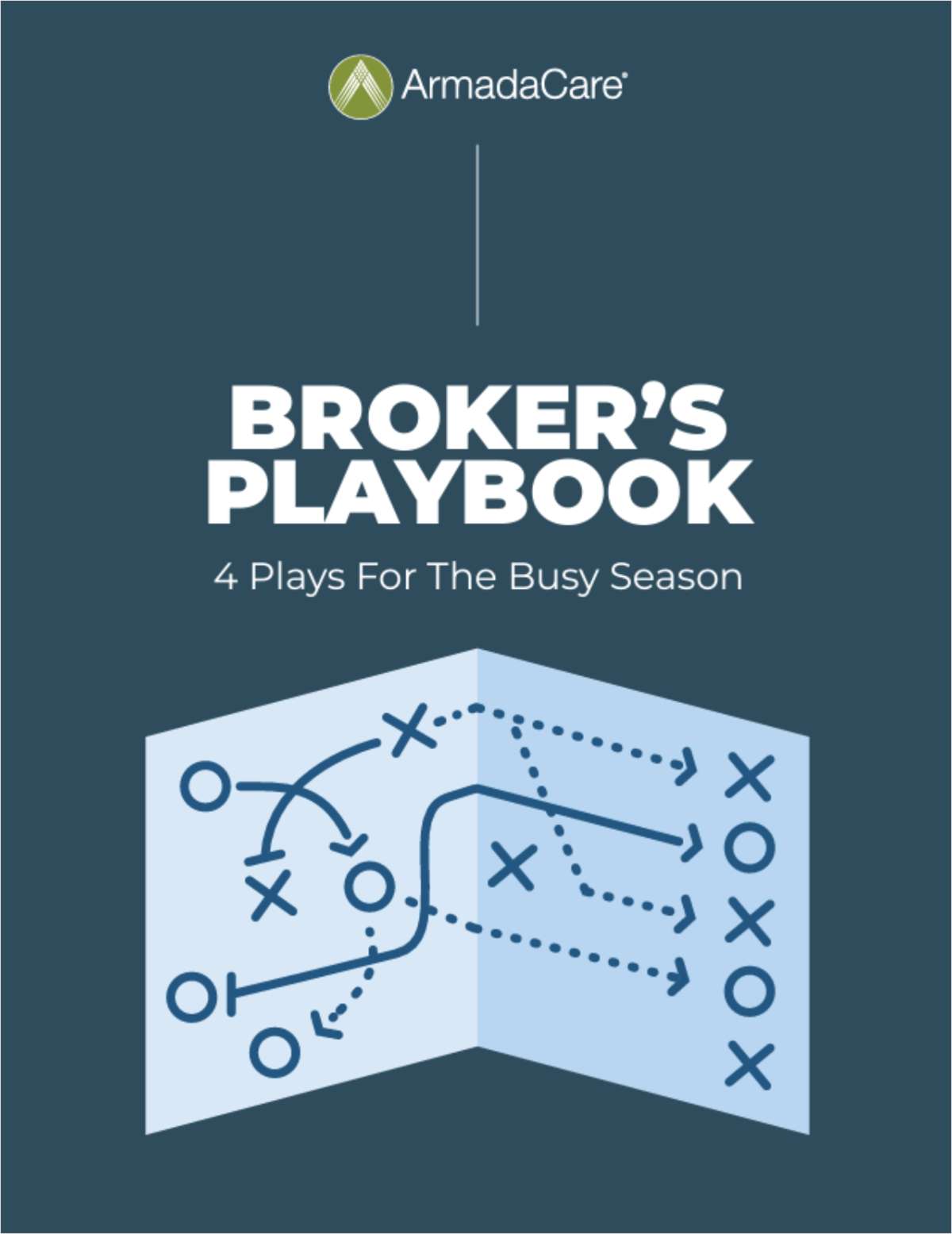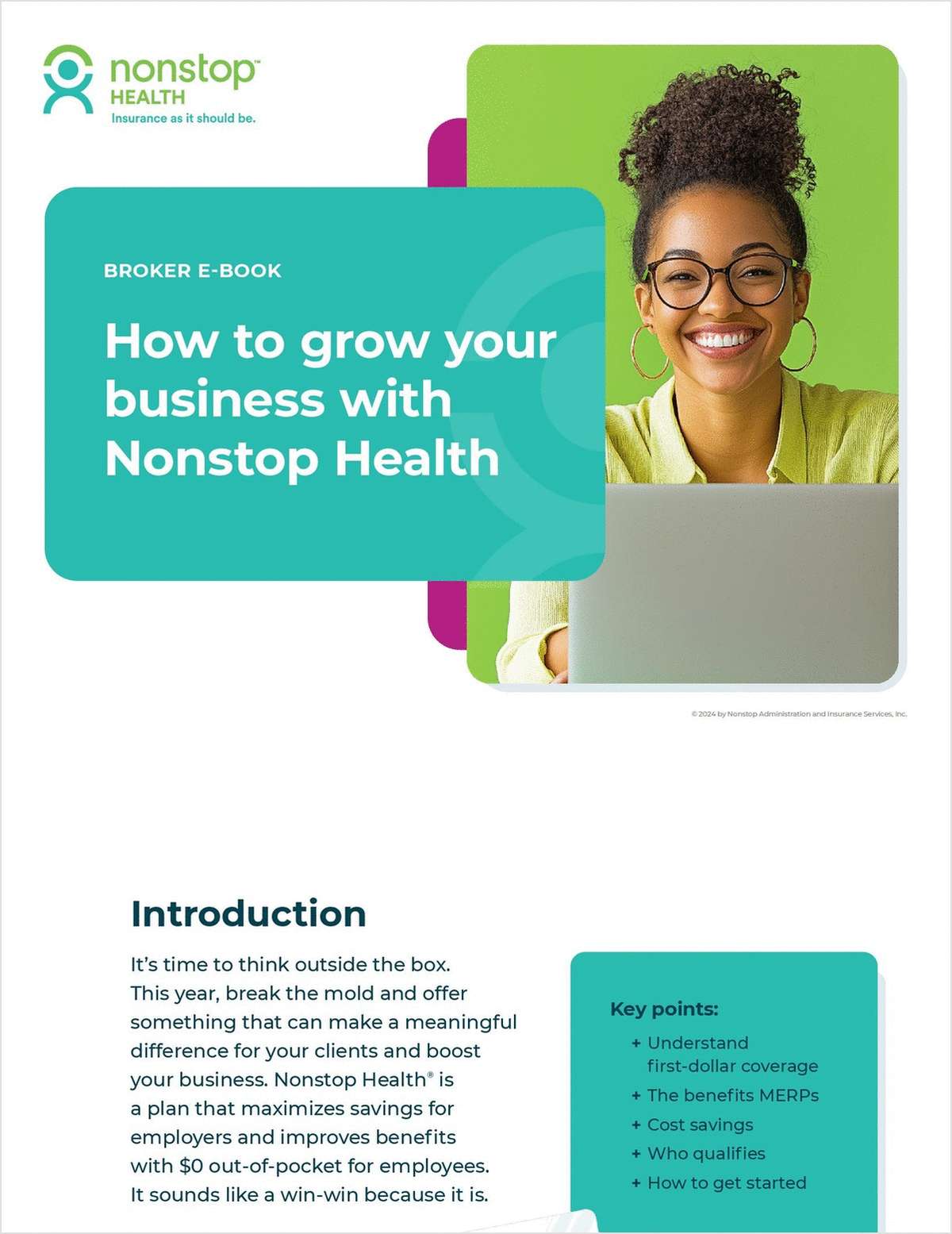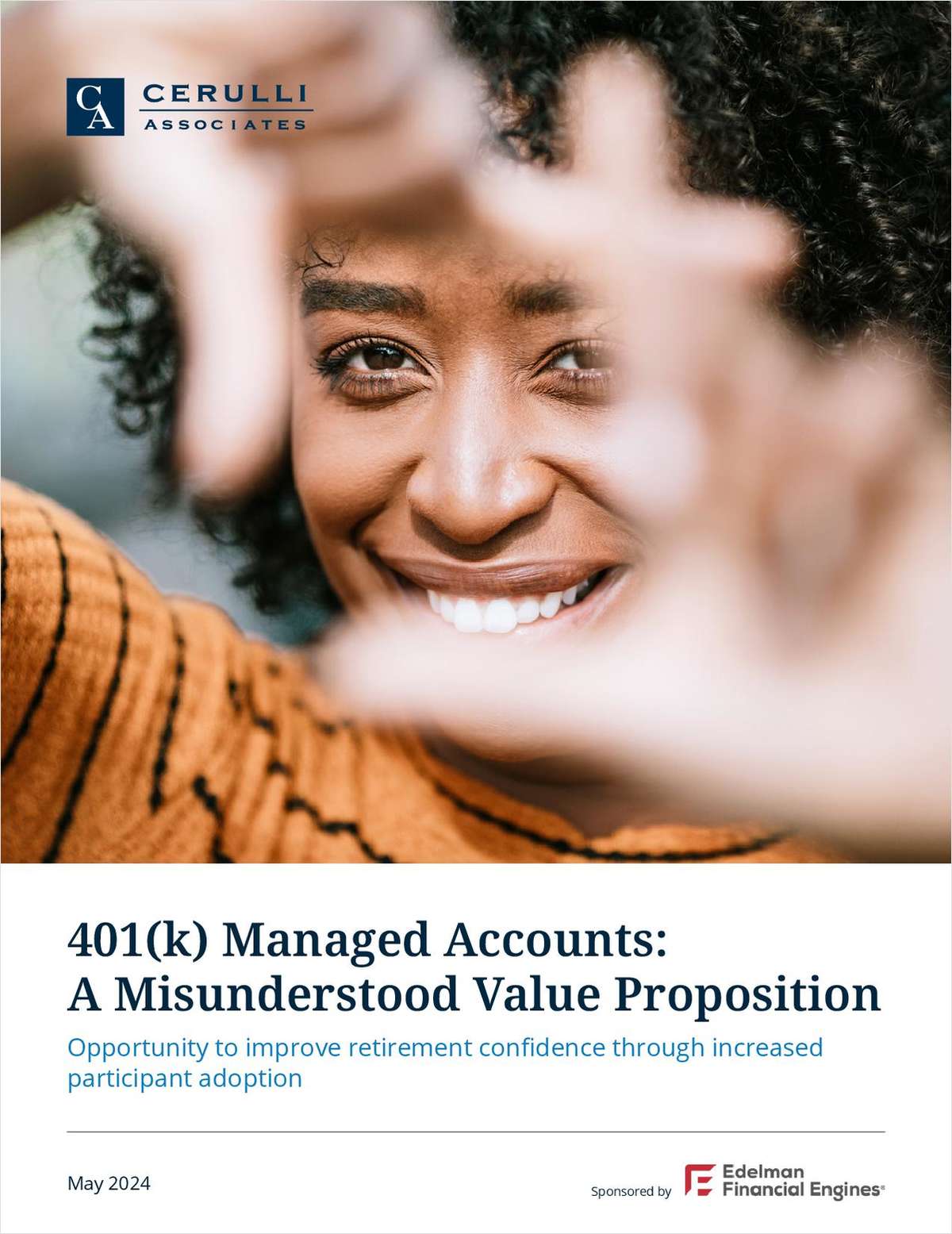Continued savings by employees and a stronger return on assets has helped U.S. workers begin closing the gap between what they have saved and what they will need in retirement.
Aon Hewitt's "The Real Deal: 2012 Retirement Income Adequacy at Large Companies" found that when factoring in inflation and postretirement health care costs, employees will need 11 times their final pay in retirement resources, such as company-sponsored plans and personal savings.
The report looked at the projected retirement levels of 2.2 million employees at 78 large U.S. companies, which showed that, on average, full-career contributing employees are on track to accumulate 8.8 times their final pay, leaving a shortfall. This is an improvement over 2010, which the shortfall was 2.4 times pay.
Continue Reading for Free
Register and gain access to:
- Breaking benefits news and analysis, on-site and via our newsletters and custom alerts
- Educational webcasts, white papers, and ebooks from industry thought leaders
- Critical converage of the property casualty insurance and financial advisory markets on our other ALM sites, PropertyCasualty360 and ThinkAdvisor
Already have an account? Sign In Now
© 2024 ALM Global, LLC, All Rights Reserved. Request academic re-use from www.copyright.com. All other uses, submit a request to [email protected]. For more information visit Asset & Logo Licensing.








